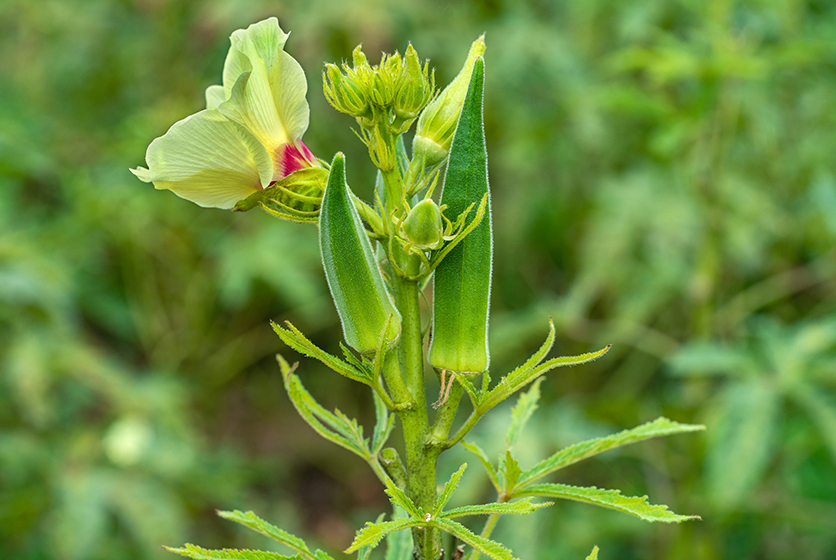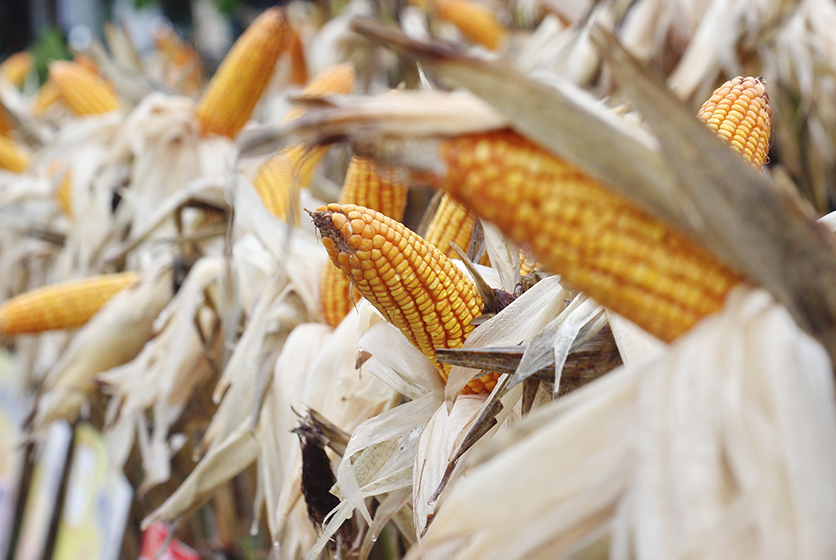Heirloom Crops
The dictionary definition of the word ‘heirloom’ is, “a valuable object that has belonged to a family for several generations”. Two aspects of this definition apply to heirloom plants or crops as well - value and longevity.
Heirloom crops or plants are defined as being:
- Old cultivars
- Grown by families of farmers for a long duration
- Unsuitable for commercial production
- Grown by open pollination
- And nurtured through seed sharing
All these facets are on the other end of the spectrum from the mass-produced plants or crops and even hybrid plants.

Open pollination
There are many debates around heirloom crops - age of cultivar, ‘ownership’ of the cultivar and even the use of the description, ‘commercial cultivars’. There is, however, one major point of agreement within these debates and that is open pollination.
In order to qualify as an heirloom crop, the plant should have been open pollinated. This denotes a process of pollination that is natural, as opposed to controlled pollination or controlled hybridisation. The open pollination method also gives farmers the opportunity to save the seeds and re-use for the next crop or even contribute to seed-sharing collectives and propagate heirloom crops.
India and heirloom crops
Chances are high that we associate certain colours to certain crops. So, if corn is yellow then tomatoes are red and a cabbage is green (or purple). With growing interest in heirloom crops, there is a profusion of colourful produce as well. Take for instance, the work being done by Prabhakar Rao.
He is growing and popularising crops such as purple okra and red corn. Purple sweet potato and hyacinth beans are just some of the varieties of produce reaching eager consumers because of the work being done by Rao.
Vegetables are not the only domain for the revival of interest in heirloom crops. India is also seeing growing interest in:
- Millets
- Heirloom varieties of rice
- Pulses and so on
One of the reasons why people are getting more interested in heirloom or traditional crops is their range of health and nutritional benefits. Imagine eating black rice and getting benefits such as detoxification, antioxidants, fiber and even prevention of diabetes. Or using a variety of rice that is good for infant nutrition. All benefits are simply impossible when we consume polished white rice.
When the choice is between heirloom crops that have stood the test of time and genetically manipulated food - it seems pretty simple to make a decision, isn’t it?
Navdanya International is also doing tremendous work in promoting heirloom crops. One of their campaigns - Poison-free Food and Farming 2030 - talks of seed freedom and using traditional seeds to not only grow crops but also propagate them and protect natural biodiversity.
The Dongria Kondhs of Odisha are reviving heirloom crops too. Oilseeds, grains, millets and tubers are some such varieties that are being cultivated by this tribe in a traditional and successful manner.

Perhaps the next time we go shopping for rice, we could do our bit to promote traditional crops by looking for black or red rice or even the fabulous tilak chandan rice - a variety that is known for its distinct aroma.



